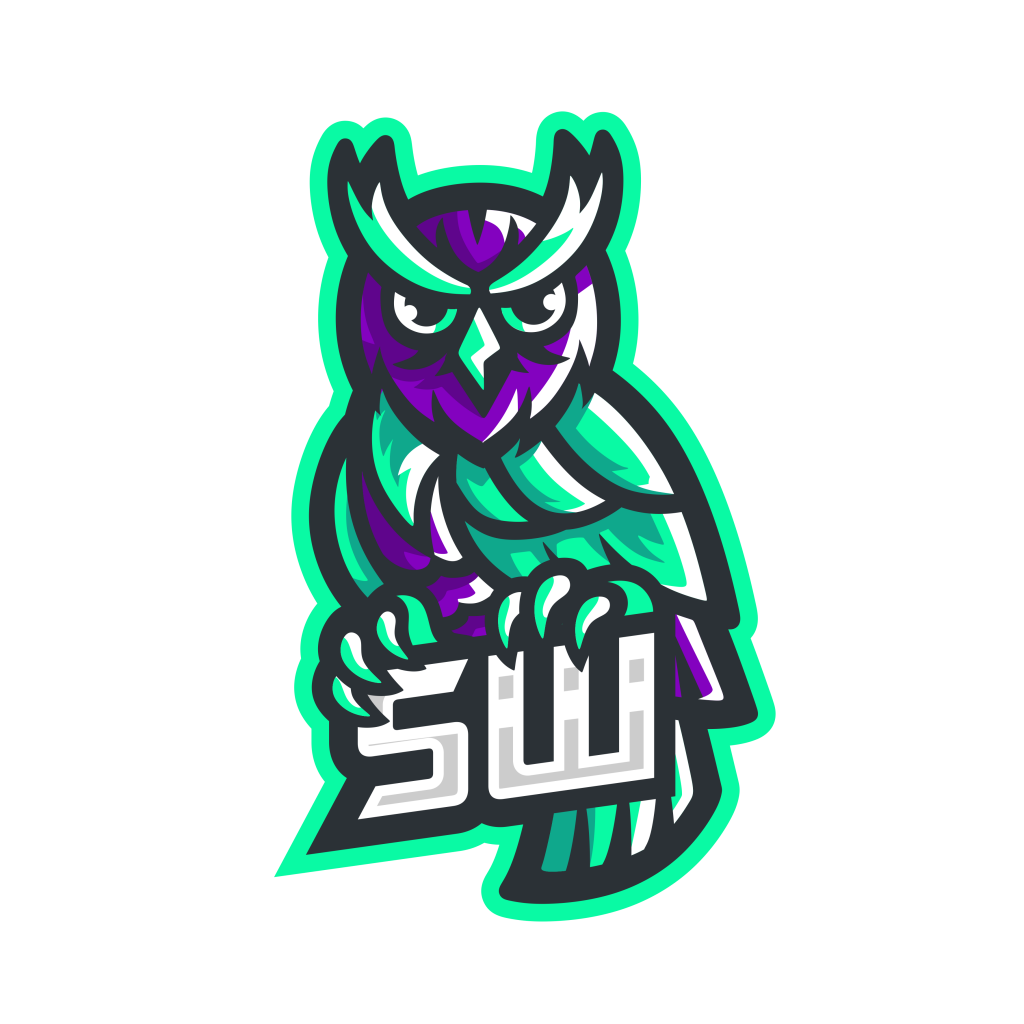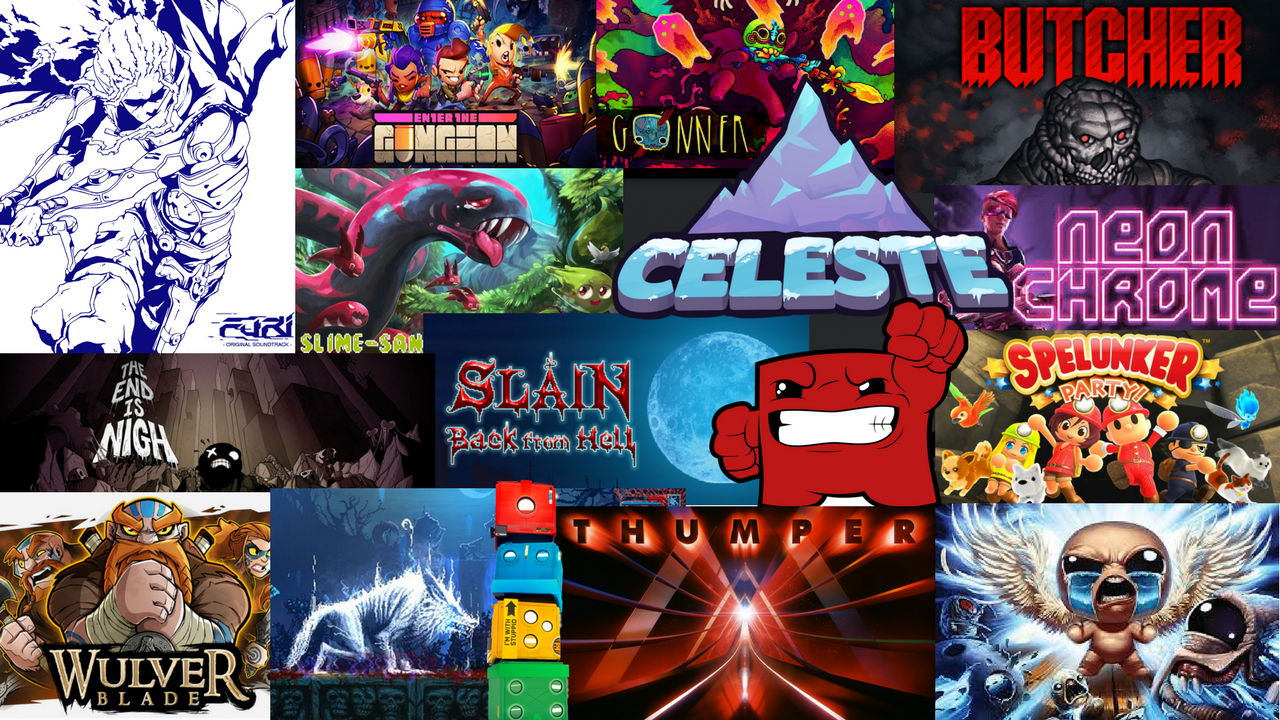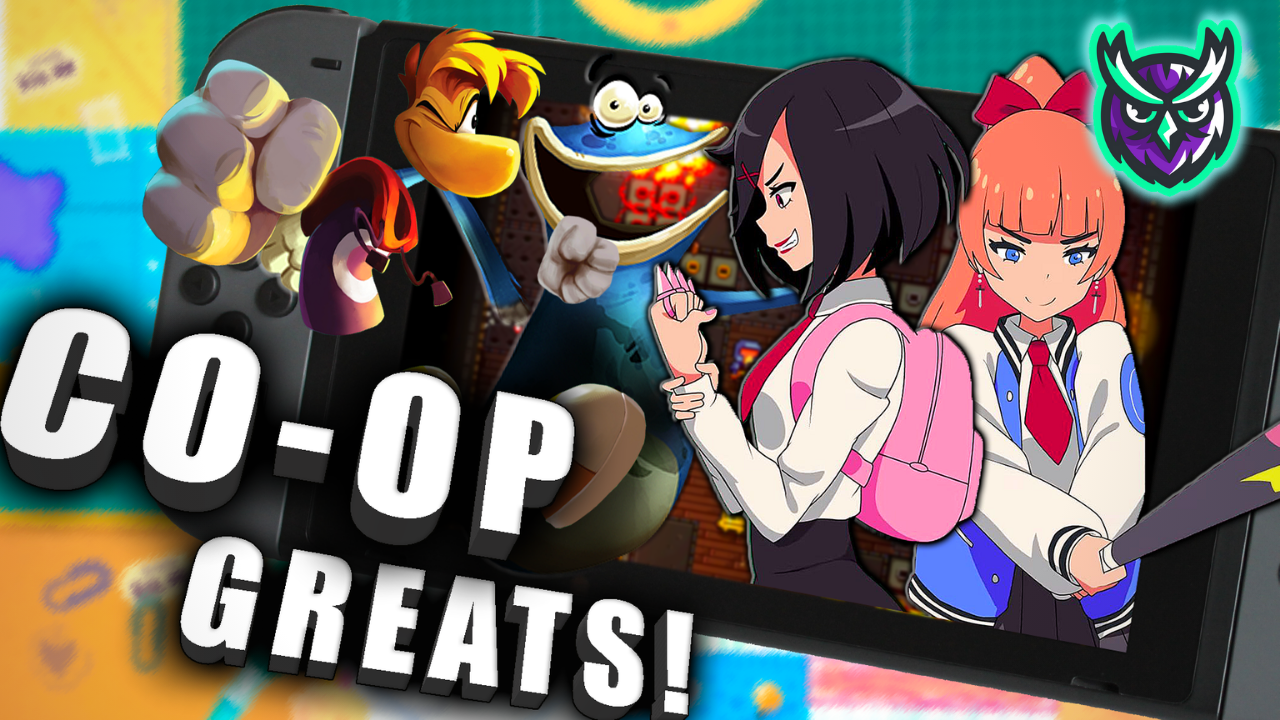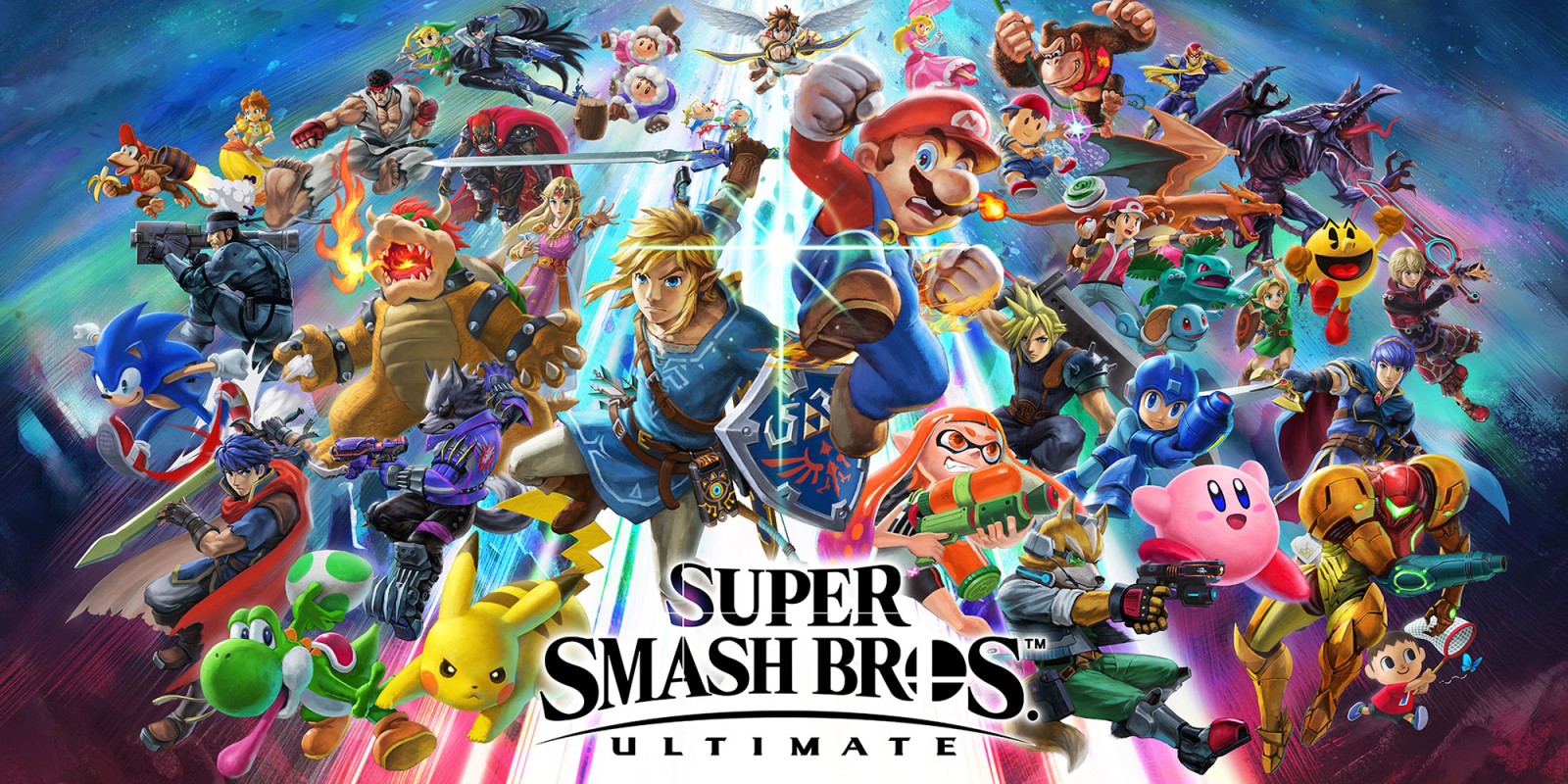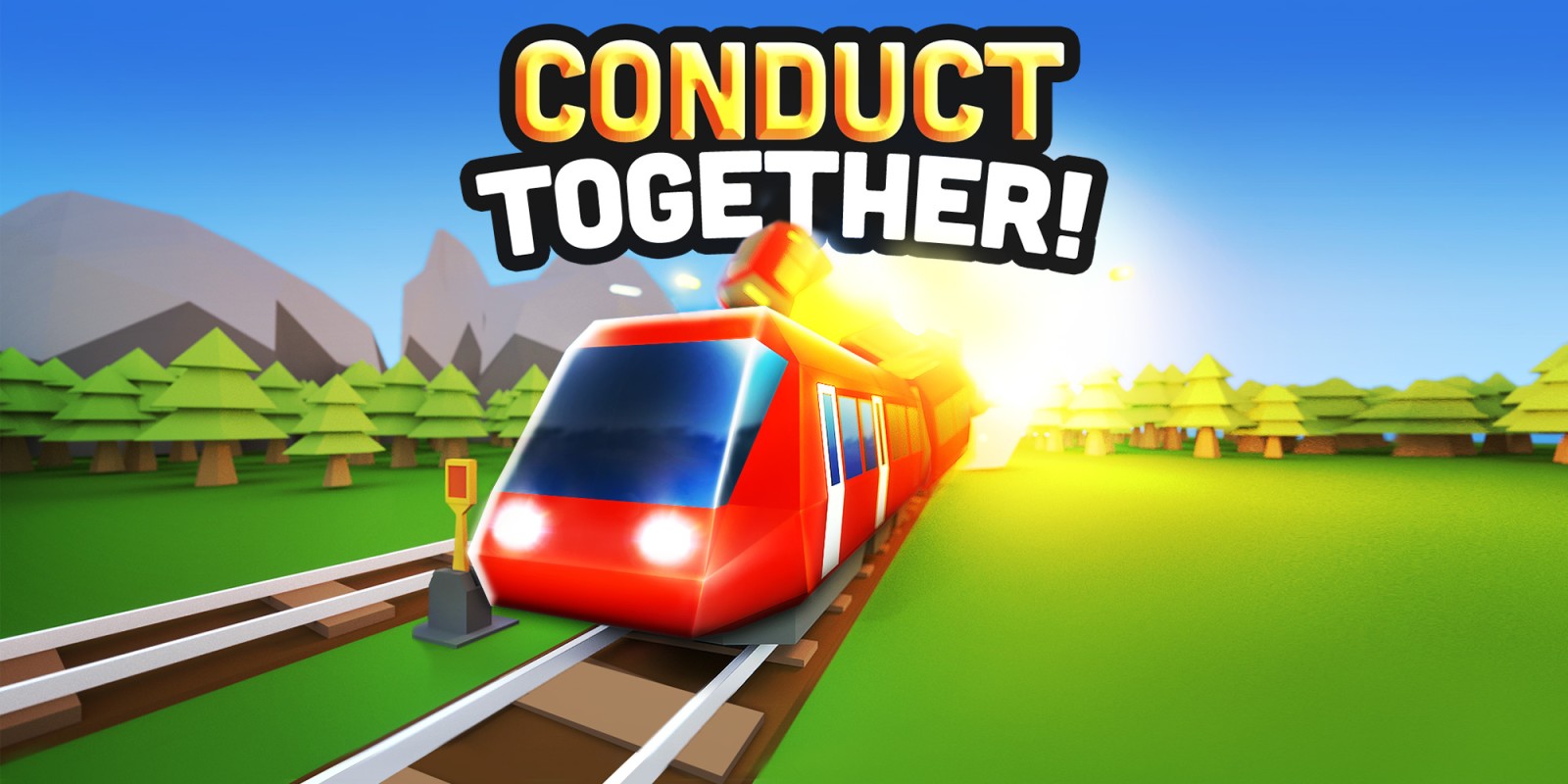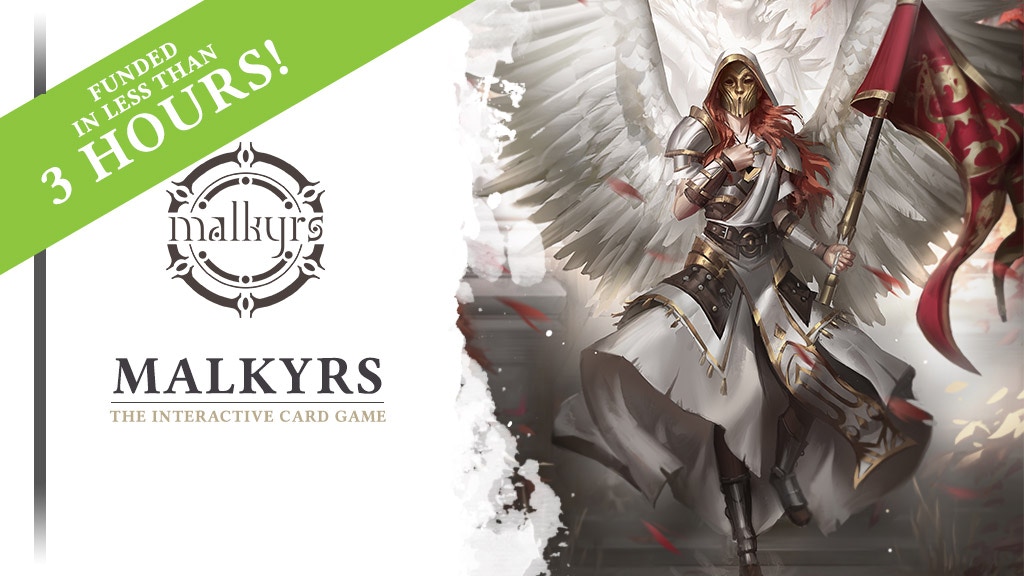Welcome to the second entry in our weekly series, Smash Sunday! If you missed it, here’s a link to Smash Sunday #1, where I discussed why the Gamecube controller is optimal for Super Smash Bros. Ultimate. This week, we’re breaking down some beginner vocabulary for Smash Bros. This will be particularly helpful for learning basic abbreviations that the Smash Bros. community likes to use. Please note: these are intended to help total newcomers, primarily, but there may be something of use to casual players.
Jabs, Tilts, and Smashes

A jab is the simplest attack in Smash Bros. – you only need to press the A button, without holding the left stick in any direction. Most jabs have a 3-hit combo, though some can be mashed for what’s known as a rapid jab. Some characters can perform both, such as Captain Falcon.
Smash attacks are performed by pressing the A button at the same time as you push the left stick in one of 4 cardinal directions. Every character has unique animations and hitboxes for the Up, Forward, and Down variants, commonly referred to as Upsmash, Fsmash, and Dsmash.
They can also be charged by holding down the A button, and can be performed by flicking or holding the C-stick – or right analog stick – in any direction, with the default control scheme.
Tilts are attacks that you perform by ’tilting’ the left stick up, down or left/right as you press A. They require a subtler movement to smash attacks, but can also be mapped to the C-stick or right stick. This is often recommended, as you no longer need to worry about how quickly you move the stick. Again, these are often abbreviated to Uptilt, Ftilt, and Dtilt, as each direction has a unique attack.
All 3 of these are grounded moves. You cannot jab, smash or tilt attack when your fighter is airborne.
Specials, Aerials and Grabs

Specials are performed with the B button, and are often abbreviated to Up-B/Side-B/Neutral-B/Down-B. You don’t need to worry about tilting or smashing the stick in a certain direction, as long as you hold that direction and press B, you’ll perform one of 4 specials. Most fighters use their Up-B as an additional recovery tool, as they give a vertical boost. Specials can be performed on the ground or in the air – some even behave differently depending on this.
These can also be performed with the C-stick or right stick, but it’s an unusual, niche setup.
Aerials are the airborne versions of standard attacks, as they’re performed using the A button. Unlike any other attacks, however, Aerials have unique attacks depending on the direction you’re facing – pressing left + A if you’re midair, facing left, will for a Forward Aerial, but if you’re facing right in the same scenario, you’ll do a Back Aerial. These function very differently for every character.
These are commonly referred to as Fair, Bair, Dair, Up-air, and Neutral air; for when you press A while the left stick is in neutral position. Some fighters, such as Link and Samus, can also perform a Zair, using the Z button in midair – this is the R button, for Switch controllers.
Grabs on a Gamecube controller are performed by pressing the Z button, or pressing A while you’re holding L or R to shield. For Joy-Con’s or Pro Controllers, you’d use R or A + ZR/ZL. Once you grab someone, you can do a pummel attack using A or perform a throw by pressing the left stick in a direction. These, like aerials, have unique actions for all 4 directions.

Hitboxes, Sweetspots, and Spikes
A hitbox is essentially the size of an attack. It’s the exact area that the game will register damage and contact with. Meanwhile, a hurtbox is the exact area where your character will receive damage.

Do not be confused, hurtboxes and hitboxes don’t have to line up exactly with a fighter’s physical appearance. For the sake of simplicity, hitboxes and hurtboxes are often circles or rounded rectangles. If you look at the example, you’ll see Link’s hat has no hurtbox. Equally, his sword is not one thin hitbox. Instead, it consists of multiple circles that are larger than the sword itself.
A sweetspot refers to part of a hitbox that deals increased damage or knockback. It is the strongest part of an attack, whereas a sourspot will be part of an attack that deals reduced damage. For instance, some sword attacks have a sweetspot at the tip of the sword, and a sourspot at the hilt. Most attacks have uniform damage, but it’s important to know if your character has sweetspots on their moves.
For instance: some moves – such a Mario’s Fair – have a sweetspot that spikes. A spike is a move that sends you vertically downwards. Sometimes referred to as a meteor, although they’re not technically the same thing.
Blast Zone and Recovery

The blast zone is the boundary around a stage, usually off-screen, that causes death. If your character flies far enough, off the top or sides of the level, they will hit the blast zone and die. You can also lose a life by falling off the bottom of the screen, which is sometimes differentiated as the drop zone.
Recovery refers to the act of returning to the stage after being knocked off. Usually vertical, after dropping below the stage, but it can also refer to moves that give you horizontal movement towards the stage. Characters are said to have good recovery if they have useful tools to return to the stage, such as Kirby – who can jump 6 times – or Bayonetta, who can use her Up-B twice.
Every Sunday we aim to cover a new Super Smash Bros. Ultimate topic, including beginner’s guides, ‘how-to’s, and more. In a future article, I’ll cover more advanced terminology such as DI, Short Hop, Fast Fall, and Dash Dancing. So stay right here at SwitchWatch for more Super Smash Bros. goodness!
[/et_pb_text][et_pb_code _builder_version=”3.0.83″] style=”display:block; text-align:center;” data-ad-layout=”in-article” data-ad-format=”fluid” data-ad-client=”ca-pub-5661714653949151″ data-ad-slot=”5669732186″>[/et_pb_code][et_pb_text _builder_version=”3.17.6″ background_layout=”light” /][/et_pb_column][/et_pb_row][et_pb_row][et_pb_column type=”1_2″][et_pb_code _builder_version=”3.0.83″ /][/et_pb_column][et_pb_column type=”1_2″][et_pb_code _builder_version=”3.0.83″ /][/et_pb_column][/et_pb_row][/et_pb_section]